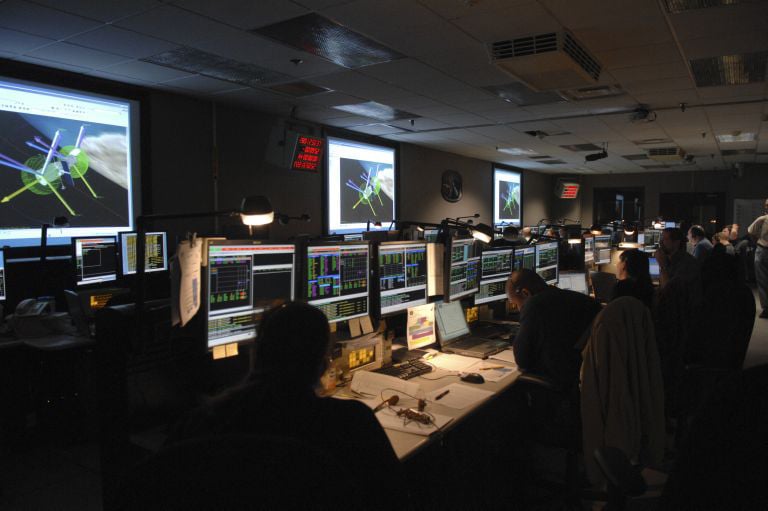[/caption] So far, everything is going well and as planned for the Hubble Space Telescope's long-distance 'brain surgery.' During the night of Oct. 15, Space Telescope Operations Control Center engineers at NASA's Goddard Space Flight Center successfully turned on and checked out Side B of Hubble's Science Instrument Control and Data Handling (SIC&DH) system. Engineers were then able to retrieve the Advanced Camera for Surveys (ACS), Wide Field Planetary Camera 2 (WFPC2) and Near Infrared Camera and Multi-Object Spectrometer (NICMOS) instruments. They were being held in safe mode, and were turned on, each showing they had a working interface to the Side B of SIC&DH. The instruments were then commanded back into safe mode, and then at noon today commands will be sent from Side B to each of the instruments. Engineers will then begin calibrations of the telescope's science instruments, which they hope to finish before midnight Thursday. So this is good news…
The primary data handling system, Side A, had been used exclusively since HST launched in 1991. It failed two weeks ago. While engineers believed the redundant Side B – which hadn't been turned on for over 18 years – would work, nothing was certain.
Scientists at the Space Telescope Science Institute in Baltimore should complete the check-out of all the instruments by noon on Friday, October 17. They will collecting and compare baseline exposures previously taken using Side A to new exposures, using by Side B. If everything looks good, everyone is hoping normal science observations will resume early Friday morning.
Wouldn't that be great!
Source:
NASA
 Universe Today
Universe Today
